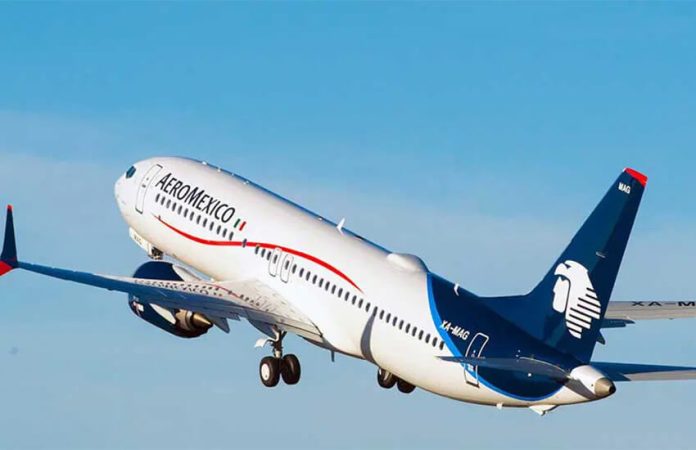Though it might seem like air travel is getting back to normal, more than half of Mexico’s 54 major airports had lower passenger traffic between January and May of this year than they did for the same time period in 2019.
Among the 28 airports that have not returned to pre-pandemic levels are Mexico City’s Benito Juárez Airport (AICM), Guadalajara, Monterrey, Acapulco, Zihuatanejo-Ixtapa, Manzanillo, Mérida and Cozumel. (Benito Juárez is CDMX’s old airport, as opposed to the new one, Felipe Ángeles International Airport.)
However, some airports have taken an upward turn. Tijuana was the first to recover from the COVID-19 crisis, followed by Cancún, Los Cabos, Puerto Vallarta and Huatulco — with some of those even setting new all-time highs for passenger flow.
The figures come from airport operators in four regions of Mexico (the southwest, the central-north, the Pacific and Mexico City) and from the government-owned corporation Airports and Auxiliary Services (ASA).

While an uptick in tourism has helped figures rebound in some areas, “some airports are not driven by the recovery of leisure travel,” said Alejandra Marcos, aviation analyst at Intercam. “Not all airports depend on tourism.”
For example, she said, the Monterrey International Airport relies heavily on business travel. “It depended 50% on business travelers, but all those executive meetings were solved with digital platforms,” she said.
The airports that haven’t rebounded are mostly small or medium-sized, and they’ve been negatively impacted by the airlines’ decision to terminate some routes during the pandemic.
Marcos said the airlines in general have refocused their efforts on “airports with the highest demand, such as those in Tijuana, Cancún and Los Cabos. So we see an uneven recovery.”
Despite all of that, Mexican airlines Volaris, Aeroméxico and VivaAerobús are flying more travelers than before the pandemic, according to Jonathan Félix, an aviation sector analyst at Verum. However, he added, this is because Interjet ceased operations in 2020. “The market was divided between three instead of four,” he said.
Félix said while business travel is down, pleasure travel is on the way back and will only get better during the summer months. Analysts expect that during the next quarter, some lagging airports will exceed pre-pandemic passenger traffic, but there won’t be a full recovery until 2023, El Universal reported.
“They are on the right path,” Félix said. “It is a very resilient sector, despite going through the worst crisis in the history of aviation.”
The list of 28 lagging airports includes Chihuahua, Culiacán, Tampico, Torreón, Veracruz, Villahermosa and Manzanillo, in part because their routes have not been fully replaced since the departure of Interjet.
Guadalajara International Airport received 32,000 fewer passengers between January and May of this year compared to the same period in 2019.
Mérida’s spot on the unenviable list might be surprising to some, given its location near Cancún and other tourist spots. However, the Mérida International Airport depends more on business travel than leisure travel, Félix said.
With reports from El Universal
